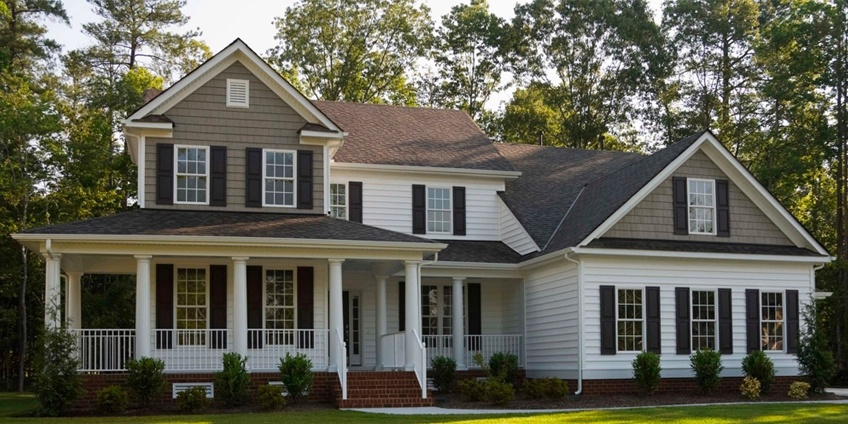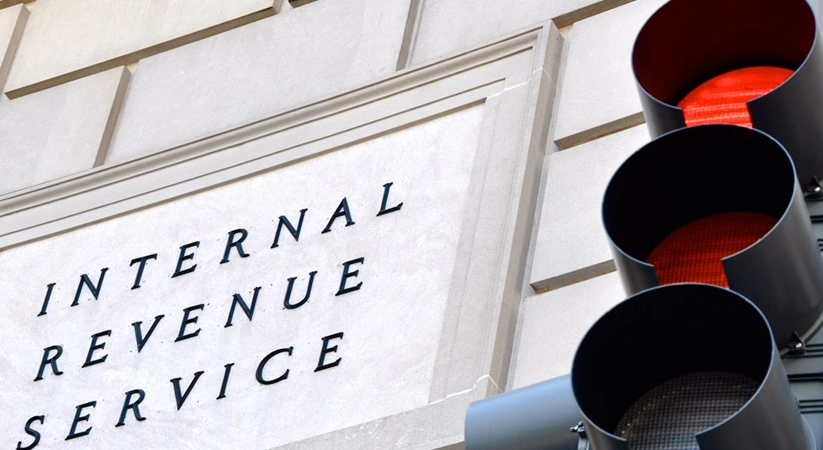Property tax basics
Published:
Property taxes are the primary source of revenue for local governments in the United States. The money collected from property taxes provides funds for local fire departments, law enforcement, public education, road construction, and other public services.
History shows that taxes were first levied upon real estate in ancient civilizations, including Egypt, Persia and China. In medieval times, property taxes were assessed based on the size of the real estate parcel owned. This was later modified so that these taxes were assessed based on the income-producing capacity of the property (including structures, agricultural equipment, and livestock).
Today, property tax assessment procedures vary by state, county, and city, as well as zoning areas within localities.
While each local government has its own procedure for assessing and taxing real estate, the general formula for property tax is as follows:
Annual Budget – Sales Tax Revenue ÷ State Aid = Property Tax
In the past, property tax rates have been relatively stable, with only mild fluctuations. As property appreciates in value, local taxing authorities are able to collect more revenue based on higher assessed values (using the same tax rate). However, with the marked decline in property values and the growing need for local revenue, property tax rates are on the rise to fill the gap.
It is important to note that the assessed value and the appraisal value of your property are determined by different entities and are rarely in concurrence. In assessing the value of real estate for property tax purposes, there are 3 standard approaches that are employed.
These include the following:
Cost Approach ? First the estimated value of the land (without improvements) is determined. Then, the replacement or reproduction value of improvements to the property (e.g., home, pool, or patio), minus the accrued depreciation of said improvements, is added to determine an assessed value.
Sales Comparison Approach ? The sales prices of comparable homes in the area are averaged to determine the assessed value of the property.
Income Approach ? For income-producing properties (such as a lease or rental property), a mathematical system called “capitalization” is used. Using capitalization, the estimated income of the particular property is also a variable in the tax formula, contributing to the calculation of assessed value for property tax purposes.
The simplest approach for assessing the value of real estate tends to be the “sales comparison approach” — however, it is not necessarily the most accurate.
The “cost approach” is much more involved and takes into account a myriad of factors because specific property improvements are identified in enough detail to determine reproduction costs (these can include materials to construct the foundation, construction of structural and finish walls, roofing, heat and/or air conditioning, types of appliances, septic system, whether water is supplied by well or public utilities, the condition and age of the improvements, and more).
How often your property’s value is re-assessed also varies from region to region. In some areas, real estate is assessed on an annual basis, while other areas conduct assessments every two years. Above all, remember that property taxes are not based on the purchase price of a home, but on the assessed value of the property.


